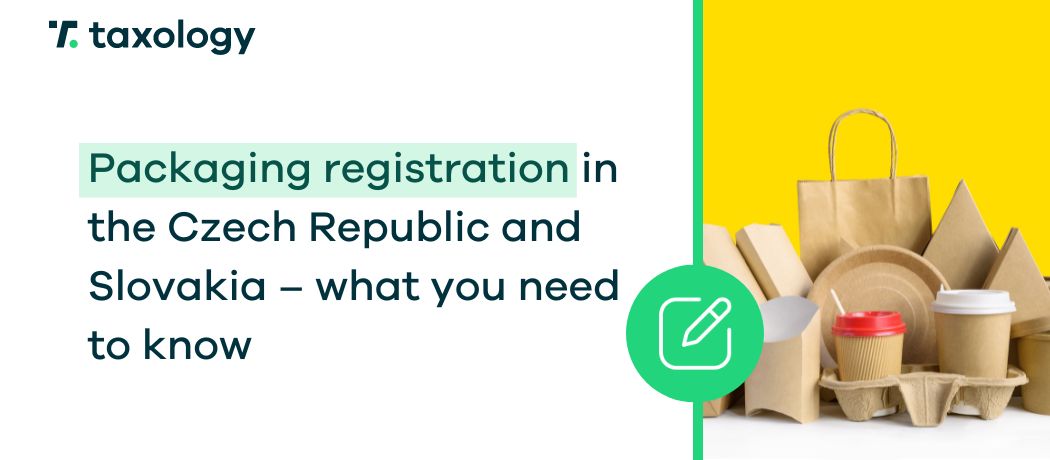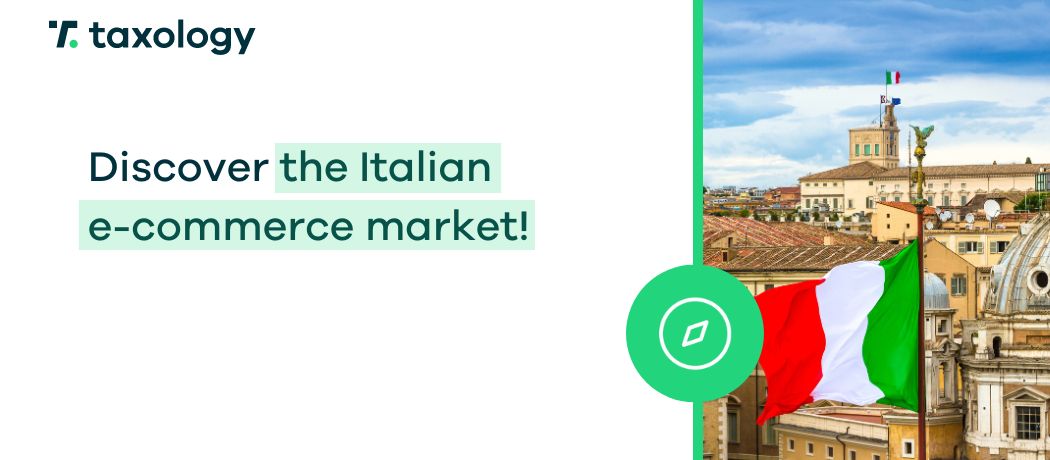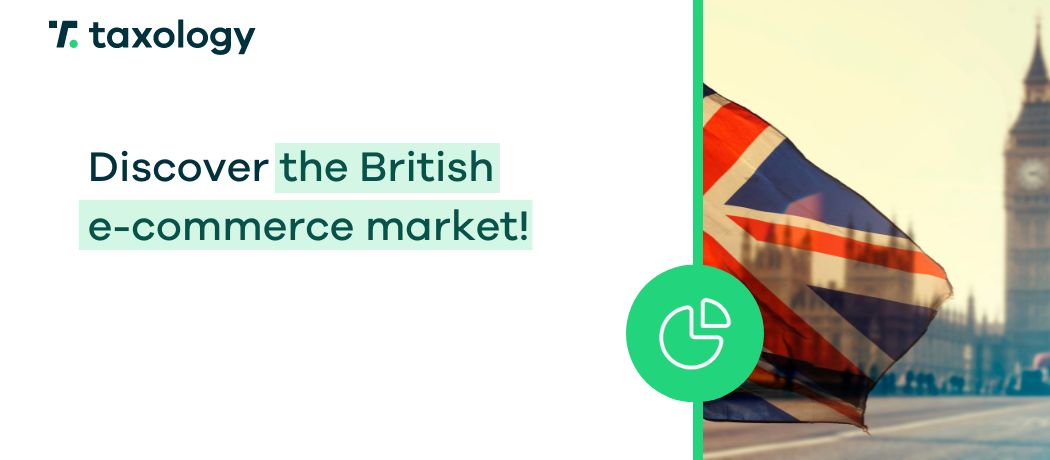In recent times, the Czech Republic and Slovakia have seen a significant increase in Polish sellers entering their markets. This surge is largely due to Allegro launching dedicated versions of […]
Read in: 5 minEU mail order sales limits
- Last update: 23.02.2024
- Published: 10.02.2023
- Read in: 4 min
The e-commerce industry is in a constant state of development, a trend that has become especially noticeable in the past couple of years. As companies expand their product offerings and customer base, it is common for them to attract consumers from different European Union countries. Nevertheless, when venturing into these markets, businesses needed to consider the mail order limits. However, these limits have been standardised, leading to a transformation in the regulations concerning VAT settlement when the limits are exeeded.
Distance sales of goods until June 30, 2021.
Back in 2021, we let you know about the mail order sales limits in Europe during that time. During that time, specifically until the end of June 2021, the thresholds for mail order sales varied between approximately €25,000 and €100,000 per year, and were governed by the regulations of each individual country.
If the total sales exceeded these limits, it became necessary to register and settle VAT in the country where the buyer is located.
1 July 2021. - Intra-Community distance sales of goods' (CSTO).
Under the new regulations, starting from July 1, 2021, the term ‘distance selling‘ has been substituted with ‘intra-Community distance sales of goods‘ (CSTO). Alongside this modification, there have been revisions to the rules governing the limits for distance selling within Europe.

The mail order limit effective from July 2021.
Moving forward, the current limit is set at EUR 10,000. Furthermore, this threshold remains consistent for every EU Member State and is applied uniformly. This implies that the cumulative value of goods and services sold to consumers is not calculated separately for each EU country but is a combined total of all mail order sales made to EU member states. It is important to highlight that with distance selling, the obligation to register for VAT in the buyer’s EU country arises once the sales exceed the specified limit, regardless of the minimal amount exceeding it.
Additionally, as per the revised definition, the jurisdiction for tax purposes in distance selling is considered to be the territory of the EU Member State where the goods or services are acquired. Consequently, it is in that specific Member State that VAT must be filed and settled.
Different types of buyers in an intra-Community distance sale of goods.
Furthermore, as outlined in the Polish VAT Act, CTSO sales pertain to three potential buyers:
- A VAT taxpayer or a legal entity that is not required to settle intra-Community acquisitions of goods (ICA).
- A VAT taxpayer or a non-taxpayer who is not obligated to settle domestic purchases (ICA).
- A non-taxable legal entity, on the condition that the supplied goods are not in the form of transportation, assembled goods, installed goods, and, in specific cases, not classified as works of art, collectors’ items, antiques, or second-hand goods.
Settlement of VAT when the sales limit is exceeded
Once the €10,000 threshold is surpassed, the supplier of the goods is obligated to select between two options for VAT settlement.
- In such a scenario, they have the option to register for VAT and submit VAT returns in any country where they offer their goods and services. In this case, the applicable VAT rate to be paid would be the VAT rate of the country where the goods and services were provided.
- The alternative approach for VAT settlement is through the VAT-OSS (One-Stop-Shop) procedure, which enables the consolidation of all foreign supplies in EU countries into a single settlement. For instance, if a goods supplier exceeds the €10,000 threshold in mail order sales to Poland and Germany while being registered in a different country such as France, instead of paying VAT separately in Poland and Germany at their respective domestic rates, they have the option to register for the VAT OSS system. This allows them to settle all their business-to-consumer (B2C) transactions across other EU countries collectively.
It is important to highlight that registering for VAT OSS is a prerequisite before surpassing the €10,000 threshold. Failure to register will result in the obligation to account for any excess amount in the country where the sale was made. For example, if you initially made sales totaling €9,000 in Germany, followed by sales of €4,000 in the Czech Republic and €10 in France, you will need to account for the excess amount of €3,000 in the Czech Republic and €10 in France.
Alternatively, if the threshold of €10,000 is not surpassed, there is another option for VAT payment, which involves treating the sale as a domestic transaction.




